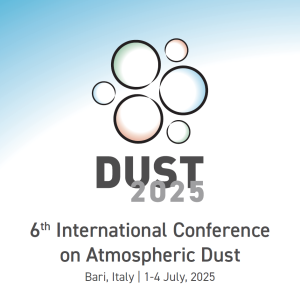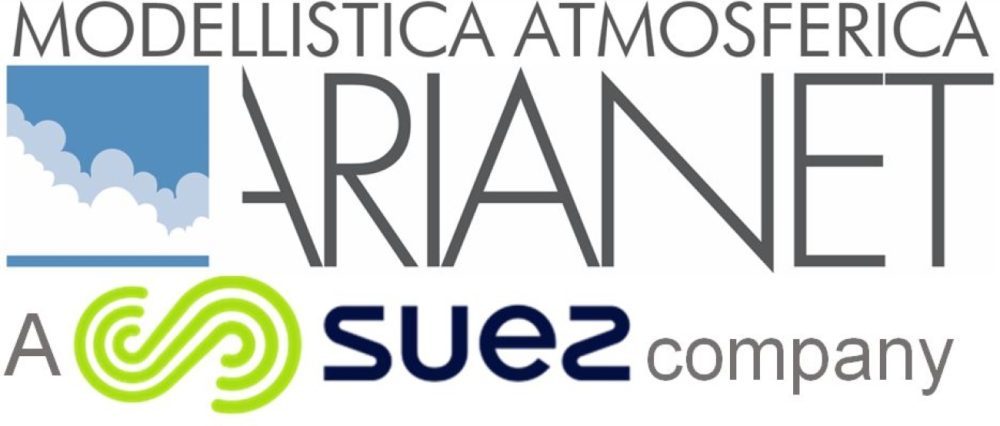- 26/06/2025
- News

Next week, from July 1st to 4th, the DUST2025 conference will take place in Bari, bringing together leading experts to discuss the latest research on atmospheric dust, including its sources, transport mechanisms, and environmental impacts.
Key topics will include:
💨 Regional and specific dust sources
💨 Atmospheric processes and dust transport
💨 Technological advancements in dust observation and modeling
💨 Environmental and climatic impacts of dust
💨 Health effects and human exposure
This is a key opportunity to share the latest findings and methodologies on atmospheric dust, and ARIANET is proud to participate. On the opening day, Camillo Silibello will present:
“Preliminary Application of a Windblown Dust Emission Scheme to the Arabian Peninsula”,
within the session “Observation and modeling of the atmospheric dispersion, sedimentation and deposition of atmospheric particles.”
This presentation stems from ARIANET’s support to the Kuwait Institute for Scientific Research (KISR) in the implementation of a national air quality forecasting system (KAQFS) based on the Flexible Air Quality Regional Model (FARM). Specifically, the development of the windblown dust emission module, based on parameterizations by Foroutan et al. (2017) and complemented by contributions from Marticorena and Bergametti (1995) and Marticorena et al. (1997), has been partly funded by the Horizon Europe project FOCI.
To evaluate and calibrate the module, preliminary simulations were performed over a domain covering the entire Arabian Peninsula and surrounding regions, with a horizontal resolution of 20 km.
The simulations were driven by meteorological fields from the WRF model, while additional input data—such as PBL turbulence scaling parameters, eddy diffusivities, and dust deposition rates—were provided by a specially developed preprocessor based on meteorological fields and land use characteristics.
Boundary conditions for dust species were assigned using global concentration fields from the Copernicus Atmosphere Monitoring Service (CAMS).
A one-month simulation period (June 2022) was selected to optimize several key parameters of the windblown dust emission scheme, including:
-
the increase in the wind erosion threshold due to soil moisture,
-
the minimum roughness length (m) for different land cover types (shrubs, shrubs/grass, crops, bare soil),
-
and the erodible potential of four soil components: coarse sand, fine-medium sand, silt, and clay.
The system’s ability to replicate observed PM10 concentrations was assessed by comparing model predictions with observations from the Kuwait Environment Public Authority (KEPA) air quality monitoring stations, using standard statistical indicators: mean bias, Pearson correlation coefficient, RMSE, and normalized RMSE.
The best-performing model configuration was further compared with the forecasts from the BSC/NMMB model and the MULTI-MODEL ensemble median provided by the WMO Regional Dust Centre in Barcelona, widely used across the Arabian Peninsula.
This comparison showed consistent spatial patterns and confirmed the reliability of the windblown dust emission module in effectively simulating dust events in the region.
